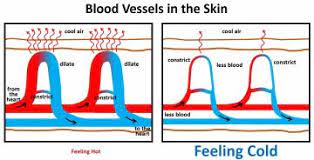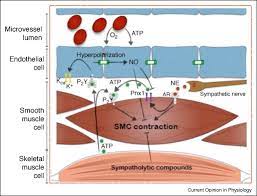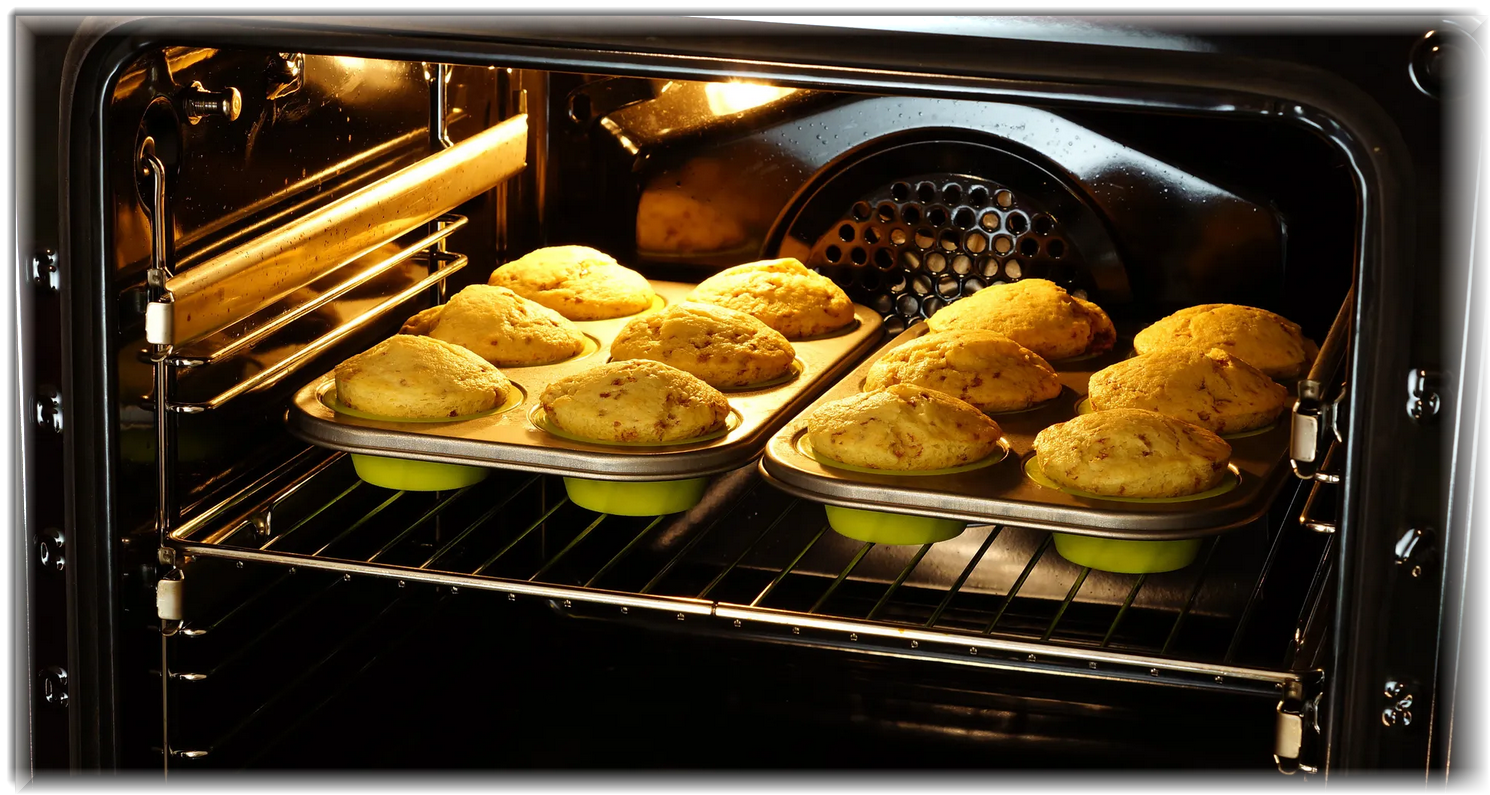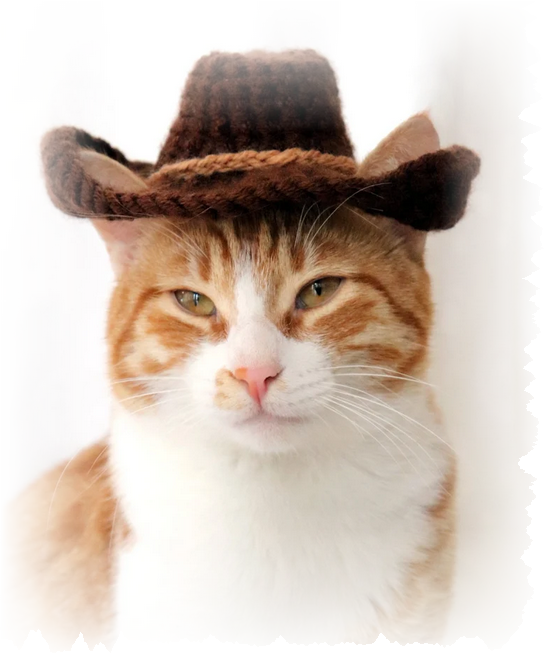Late Effects of Polio and Temperature Intolerance.
Many polio survivors report that their feet or hands have always been cold to the touch, and their skin can turn a bluish colour, or during months of hot weather, you may find it hard to keep cool.
Heat and cold intolerance (thermoregulation)
Thermoregulation is the process that allows your body to keep its core internal temperature.
The Late Effects of Polio can include:
- Decreased metabolic rate due to lower muscle mass
- Decreased peripheral circulation due to lower capillary density / demand from active muscle tissue
- Decreased activity due to mobility Impairment
The body responds to temperature through:

Nerves that control blood vessel size, constricting when it is cold or relaxing when it is hot.

Nerves that help concentrate blood flow to the centre during times of digestion or to our limbs during movement.

Skeletal muscle activity where blood is transported to muscles and to the skin surface vasodilation occurs.
Muscle activity stimulates blood flow (and heat) to the limbs, away from internal organs.
The cells in and around the muscle produce heat from the muscle activity.
Muscle activity stimulates blood flow (and heat) to the limbs, away from internal organs.
The cells in and around the muscle produce heat from the muscle activity.
Excess heat is lost by allowing more blood flow through the capillaries closer to the skin surface.
Common symptoms of temperature intolerance:
Not being able tolerate temperature extremes very well and often feel extremely uncomfortable in heat, and/or under air conditioning that is a little too cold.
Feet or hands have always been cold to the touch, and the skin can turn a bluish colour.
Some people may sweat extremely easily, while others may not sweat at all.
Some may feel they are colder or hotter than they actually are and clothing choice may not be the best for them
Finding it harder and slower to warm up the feet and the hands
Loss in heat due to a delayed response to a change in environment.
Managing Temperature Intolerance
The treatment of heat and cold intolerance is focused on managing the symptoms. There are no medications or other types of clinical interventions to treat this. You should keep your home at the right temperature for you and well insulated.
Cold Intolerance Tips
- Wear multiple layers of clothing and wear thick socks or slippers
- Wear heat-retaining socks and undergarments made of wool, polypropylene or bio-ceramic fibres, e.g. Gore-Tex, Thinsulate or Benefab
- Put on clothes straight after showering when the skin is warm
- Apply (microwave) heat pads (for no more than 20 minutes)
- Keep the cold out and check your heating and maintain the temperature
- Have warming food and drinks
- Use the oven and stove for cooking more in the colder months and leave the oven open after baking.
- Stay as active as you can
- Avoid: smoking, caffeine, alcohol
- Review medications

Heat Intolerance Tips
- Use personal cooling products, such as: neck wrap, vest, hat, pillow, and sleeping pad
- Avoiding direct sunlight and wear a hat to shade you from the sun.
- Using air conditioning or a fan during the summer months.
- Drinking plenty of fluids to avoid dehydration.
- Cold foods like salad and fruit have a high water content which will help you keep hydrated, as well as containing lots of healthy nutrients. Ice lollies can also help!
- Wearing light-colored, loose-fitting clothing.
- Avoiding alcohol in hot weather.
- Take a cool bath or shower or find a swimming pool.
- Try to avoid going between hot and cold environments (e.g. from the midday sun to an air conditioned building) more than you need to, as this can make you very fatigued.
- Look after your skin. Make sure you keep it clean and moisturised, and pay attention to areas or folds of skin where sweat and moisture can build up.

Social Effects of Heat Intolerance
For some people, heat intolerance means they have to do things differently, which can stand out. How we dress can make us feel self conscious, are we overdressing when we layer up. Our thinking self may well think we are over all that stuff and I don’t care what anybody thinks, but our body sometime has different ides and communicates a sense of unease or anxiety that comes with not feeling part of a group, of standing out. Polio survivors have dealt with that all our lives by passing for normal, a strategy that losses it’s benefits as we age. Celebrating our selves, prioritizing our needs and being mindful of our emotions can allows us to have the cake and eat it too.
If we think our hands feel overly cold we might refrain from physical touch as no one likes to be thought of as a cold person. Good communication means finding a way through these barriers.
By actively taking control of maintaining a comfortable body temperature we will feel more comfortable in social situations
Find out more
Resources, Links and Research Downloads
Cold Intolerance: why is this a problem for many of us?
By Linda Wheeler Donahue
Q: Why is cold intolerance is a major problem for many polio survivors.
W: The effects of polio on cold intolerance.
A: Managing cold intolerance – a deeper look.
Heat and cold intolerance (thermoregulation). Polio Australia
Q: Polio Australia’s guide to thermoregulation.
W: Good overview of temperature intolerance.
A: Good to give to your GP if you are having ongoing issues.
